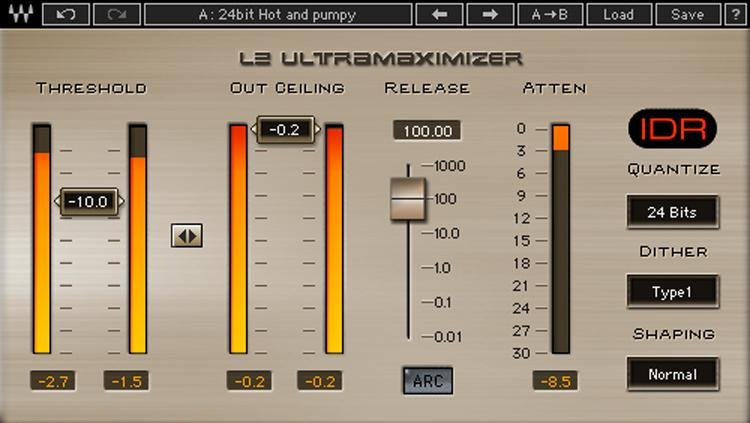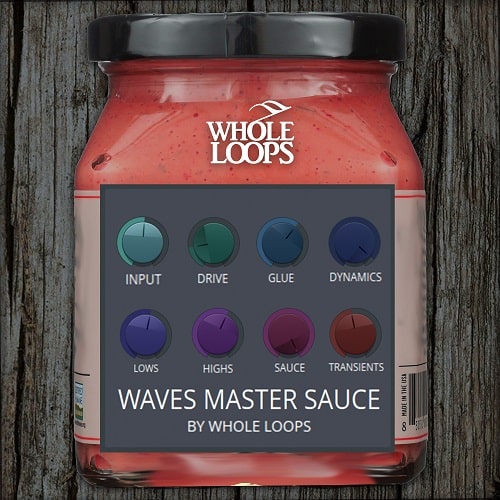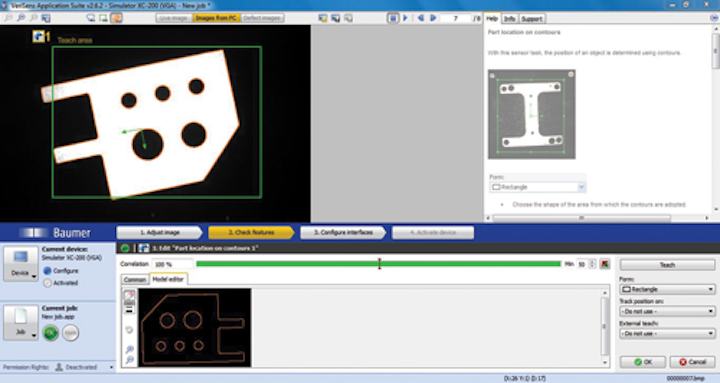L2 Ultramaximizer Torrent
One of my favourite digital processors is the Waves L2. It’s full name is the Waves L2 Ultramaximizer, but since I’m pretty confident that that isn’t a real word, I’ll try to explain it a bit better.
The L3-LL Ultramaximizer is a special edition of the L3-LL which is included with selected bundles. It delivers the same great sound as the L3-LL Multimaximizer using an intuitive, streamlined interface. “W1 Limiter is a clone of Waves L1, with identical output. This was accomplished without reverse engineering Waves products, and the result was obtained by adjusting 4Front YLimiter, by doing the following.
The L2:
The L2 is, in its simplest form, a limiter. But in reality, it’s much more than that. Traditional limiters (also known as brickwalls) are basically compressors set to an infinite compression ratio and a hard knee (ie. an instantaneous attack time); rather than reducing the amplitude of the signal that passes above the set threshold, they flatten everything above that threshold completely. They’re either “on” or “off.” Limiters are great for catching stray peaks, but should only be used sparingly. If it a limiter is being overused, you’ll hear it pretty quickly and chances are, the result won’t sound great. What the L2 does that fixes this problem is what’s called “look-ahead.”
Look-ahead peak limiting is what it sounds like: an algorithm continuously searches ahead on the incoming signal to determine how to maximize the average sound level without creating noticeable distortion. Couple that with the ARC (automatic release control – this determines the best time to “release” the limiter function after it has caught a peak) and you’ve got the L2 – essentially a smart limiter (ah, the wonders of digital technology). By tweaking the release settings of the L2 manually, you can subtly change your overall sound, depending on the style of music. I tend to prefer a longer release time (somewhere in the vicinity of 100 ms), as that smooths out the sound and accentuates bass hits and other rhythm components – crucial elements in pop music. Waves calls this particular sound “hot and pumpy.” I call it “awesome.”
In theory, professionally-mastered music is good to go right out of the box – it’s already been given all the processing and fine-tuning it needs to sound great on almost any playback device. Chances are, it may already have been mastered with some L2 (the plugin has been around for some time and is now an industry standard in recording studios). The best-sounding radio stations, however, send all of their audio through several more stages of carefully set (and expensive) processing to get that big radio sound. The L2 isn’t as full-featured or as flexible as, say, an $18,000 Omnia or a $12,000 Optimod (two hardware-based on-air processors widely used in big market radio), but it does a lot of the same work and does it well. And since most smaller radio stations don’t have the budget for the really high-end stuff, I like to throw about 3 dB of L2 across the master bus of our radio shows each week to normalize everything and make the music and our host (AJ) really punch through. The great news for the bigger stations (with their bigger wallets) is that their high-end processors are specifically designed to handle highly-compressed audio (read: pop music), so this extra boost will automatically be accounted for. Everyone wins!

The biggest difference between the best on-air processors and the L2 is that the L2 treats the entire frequency spectrum equally. That’s fine for when you’re dealing with audio that’s already been properly mixed and just needs a boost in perceived volume. But as we know from Equal-loudness contours, we perceive loudness differently depending on frequency. Therefore, it stands to reason that we might want to apply different amounts of limiting or compression to different bands of frequencies. That’s where the L3 comes in.
The L3:
The Waves L3 Multimaximizer essentially has three components: the look-ahead peak limiting juiciness of the L2, it gives you five individually manipulable bands of limiting with adjustable crossover points and a five-band graphic EQ – all in a really intuitive interface. Not only can you set the release time for each band individually, but there’s also the option of setting the Master Release control to ARC (if you want the computer to do the work) or several other styles, including my favourite: “Warm.” That, indeed it is. It’s not quite the same as having a really nice tube mic preamp, but it’s definitely a step in that direction, if you can set the EQ and limiting right.
So… clearly the L3 is the superior tool, right? Well, maybe, but then again, it all depends. As I always say, it doesn’t matter how you get the sound you want (even if it’s supposedly the “wrong way”) – if it sounds right to you, then it was the right way for you to do it.
A brief anecdote:
I was surfing the internet tubes the other day when I stumbled upon this very debate. Cursed Lemon on Gearslutz.com said this:
“What I usually end up doing is throwing an L3 Multi on, bringing the output ceiling down about 3-4 dB, doing some creative EQ after, and then putting an L2 at the very end.
Gets things REALLY loud without sounding obnoxious.”
Use both! Brilliant! Or, perhaps combine the L3 with another popular choice, of which several are:

-Fabfilter Pro-L
-TC Brickwall
-Massey L2007
-Voxengo Elephant
-Flux Pure Limiter II
What I’ve learned:
-Always experiment by combining different sounds and tools – there isn’t one plugin or piece of hardware that does everything!

-Multi-band limiters and compressors, while much more complex to tune than single-band units, provide far more creative control and flexibility

L2 Ultramaximizer Torrent
-The fact that Voxengo’s product is called the “Elephant” makes me want to try it! Marketing at its best.
Cheers,
MacT

